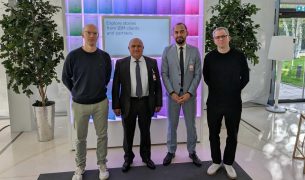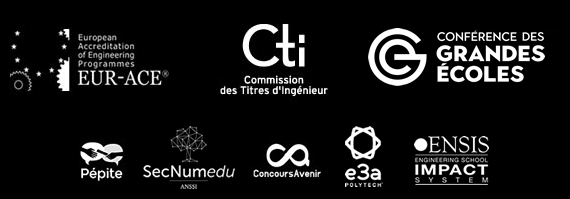While still being a male-dominated industry, the Engineering Industry is counting more and more women. In fact, many female engineers are responsible for some of the greatest innovations in history throughout the years.
Here is a non-exhaustive list of women engineers who did not hesitate to push the boundaries about what women could or could not do.
Edith Clarke

Edith Clarke, the first female engineer
Edith Clarke is the very first female engineer. Born in 1883, she created the Clarke calculator for graphing electrical properties. She used her inheritance from her deceased parents to attend college and study mathematics.
She created the Clarke calculator after graduating. Before that, problems were solved manually. Her invention saved a lot of time and effort. Despite her talents, it took her several attempts to finally be hired at General Electric to eventually become the first female engineer.
The American Institute of Electrical Engineers awarded her the Best Regional Paper Prize and the Best National Paper Prize. She then became the first female professor of electrical engineering in America when she was hired at UT Austin.
Ellen Ochoa

Ellen Ochoa was the first Hispanic woman to venture into space.
Dr. Ellen Ochoa, a distinguished American engineer and astronaut, was the former director of NASA’s Johnson Space Center. As the first Hispanic woman to venture into space, she has amassed a remarkable career marked by four space flights and nearly 1000 hours spent in the cosmos.
Ochoa’s academic journey saw her earn a Bachelor of Science in Physics from San Diego State University in 1980, a Master of Science and a Ph.D. in electrical engineering from Stanford University in 1981 and 1985, respectively.
Commencing her professional tenure at Sandia National Laboratories, Ochoa delved into research on optical systems tailored for information processing, automated space exploration, and computational frameworks for aerospace missions.
Her work as a research engineer led to one patent and three co-inventor patents for optical systems. Her work as an engineer is especially notable given the low number of women, particularly women of colour, in the field.
As the first Hispanic woman to shatter barriers at NASA, holding roles as an astronaut and Director, she is an ongoing source of inspiration, emphasizing the significance of representation and inclusivity. Dr. Ochoa’s advocacy extends beyond propelling space exploration, encompassing the integration of minorities into STEM fields and the necessity of women in leadership positions. Her accomplishments and dedication to nurturing the future generation of leaders genuinely embody her enduring legacy.
Ada Lovelace

Ada Lovelace, first computer programmer
Ada Lovelace was the first person to recognise the potential of the Analytical Engine as a computer-like device. Born in the 19th century, this mathematician was the very first computer programmer, more than 100 years before the invention of the computer.
Even though she was Lord Byron’s only legitimate child, she was rejected by her father at 5 weeks old. Her mother then did everything she could to keep her away from poetry and other artistic interests and made her pursue mathematics and logic.
Once an adult, she met Charles Babbage, a mathematician and mechanical engineer working on the Analytical Engine, the first mechanical computer. She became obsessed with the machine and started to see beyond what it could do, and eventually found other purposes than mathematics.
Hedy Lamarr

Hedy Lamarr, actress and inventor
Hedy Lamarr was both an incredible actress and a brilliant female inventor. When she wasn’t busy playing the part of a “femme fatale” alongside Clark Gable and Spencer Tracy, she devised a method of encrypting signals to prevent enemy spies from listening to sensitive information. Without her, there would be no wireless communication in our modern world.
Being the stunning woman that she is, she fought hard for her mind to be as recognised as her beauty. For a long time, no one took her seriously in the engineering community. During WWII, she invented a way for the command signal to jump around on different radio frequencies, preventing anyone from following it.
The Navy chose not to use her invention then, and it was dismissed for a while until humanity started using wireless communication devices such as Wi-Fi or Bluetooth. A miniseries featuring Gal Gadot about the life of Hedy Lamarr is currently in production.
Patricia Bath

Patricia Bath, inventor of the Laser-Phaco Probe
Patricia Bath is the first African American woman doctor to receive a medical patent. She developed cutting-edge technology for treating and removing cataracts and was also the first African American to complete a residency in ophthalmology.
She invented the Laser-Phaco Probe, an advancement in laser technology to cure cataracts. She received the patent for this invention in 1988 and she became also the first African American female doctor to obtain a medical license.
With this incredible technology, she restored the eyesight of patients who had been unable to see for over thirty years. Her amazing mind and determination helped countless patients and people. Her success also contributed a lot to African Americans’ rights.
Interested in Engineering? Check out ESILV’s programmes.



















